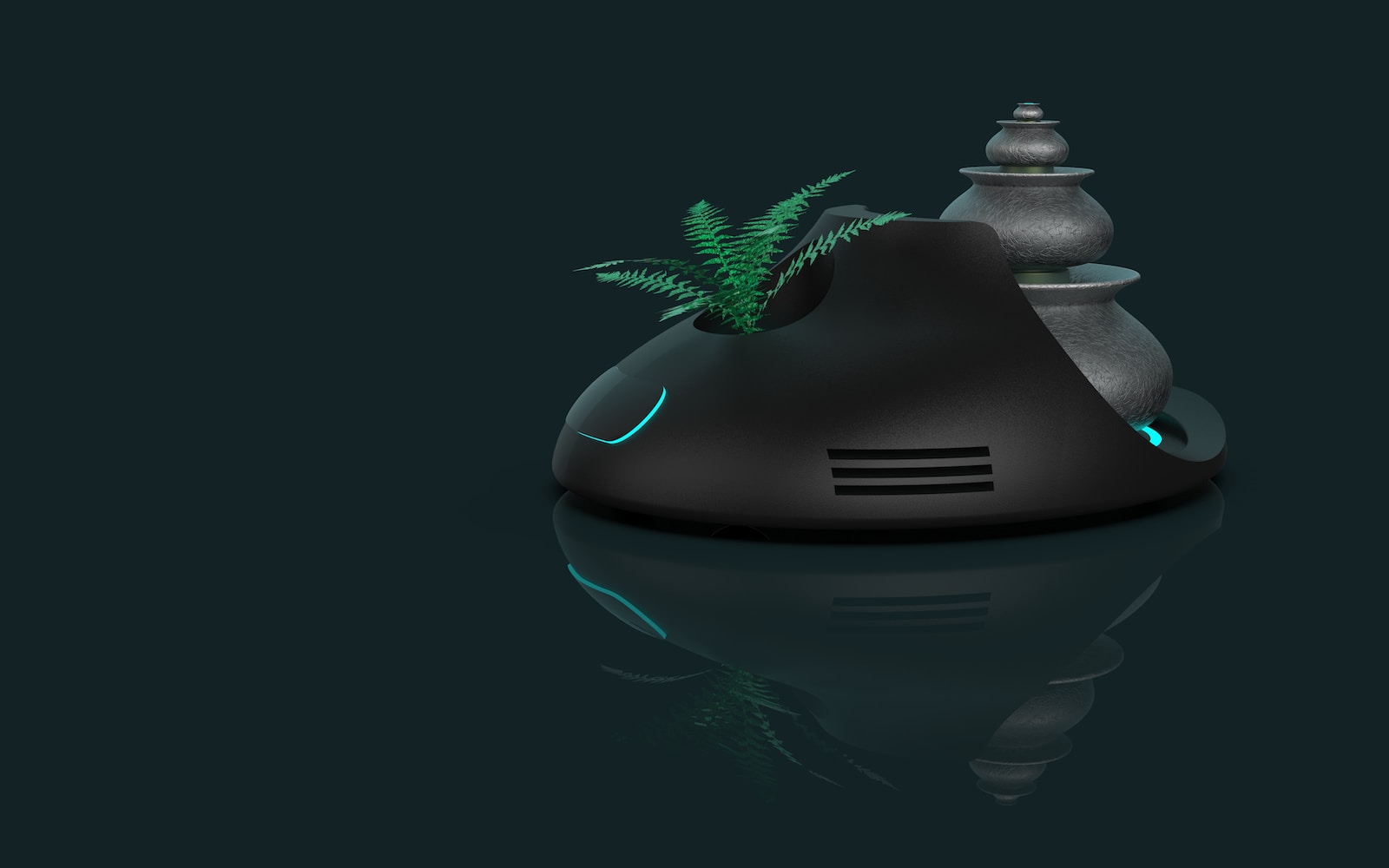Learn How to Improve Your Home Air

June 25, 2023
If you need an air purifier and are in search of a clean and healthy environment in our homes or offices, air purifiers have become an effective solution to combat indoor air pollution. These devices are capable of filtering and removing harmful particles, providing cleaner and fresher air to breathe. However, with so many options available on the market, it can be overwhelming to choose the right air purifier.
Therefore, it is essential to know the key features and functions offered by these devices. In this regard, in the following text we will explore some important features to consider when purchasing an air purifier. We will analyze aspects such as timer, remote control or connectivity, adjustable speeds, ionizer function and energy consumption.
By understanding these features, you will be better equipped to make an informed decision when choosing an air purifier that fits your needs and provides a healthier environment in your living space.
Important Characteristics You Should Consider
If you’re looking for an air purifier, there are several important features to consider.
Air Purifier’s Filtration System
The efficiency of the filtration system is critical. Look for an air purifier that uses a high-quality filter, such as a HEPA (High Efficiency Particulate Air) filter, capable of capturing small particles, such as dust, pollen, dust mites and other particulate pollutants. It is also beneficial to have a pre-filter to trap larger particles and an activated carbon filter to remove odors and volatile organic compounds (VOCs).
- HEPA filter: Look for an air purifier that uses a HEPA (High Efficiency Particulate Air) filter. HEPA filters are highly effective at capturing small particles, even those the size of common allergens, dust, pollen, dust mites and some air pollutants.
- Filtration efficiency rate: Check the filtration efficiency of the purifier, which is expressed as a percentage. An air purifier with a high filtration efficiency rate, such as 99.97%, is capable of capturing most airborne particles.
- Additional filters: Some air purifiers also have additional filters, such as activated carbon filters. These filters are useful for removing odors, gases and volatile organic compounds (VOCs).
- Pre-filter: Some models have a pre-filter that traps larger particles, such as pet hair or coarse dust. This helps extend the life of the main filter and maintain its efficiency.
- Filter replacement: Find out how often filters should be replaced and the cost of replacement parts. Consider the availability and price of long-term replacement filters.
Size and Coverage
Consider the size of the air purifier in relation to the space in which you plan to use it. Check the coverage offered by the purifier, that is, the amount of air it can clean in a given period of time.
Make sure the purifier has the right capacity for the size of the room you will be using it in, also keep in mind the noise level is an important feature to consider when looking for an air purifier, especially if you plan to use it in noise-sensitive places such as the bedroom, office or spaces where you need quiet.
- Decibel (dB) specifications: Check the manufacturer’s specifications for the noise level of the air purifier. It is measured in decibels (dB). A lower noise level indicates quieter operation.
- Quiet or night mode: Some air purifiers have a quiet or night mode, specifically designed to reduce noise at night or at times when a quiet environment is required. These modes reduce fan speed or adjust settings to minimize noise without compromising purification efficiency.
Additional Functions and Features
Some air purifiers offer additional features that may be useful. These may include air quality sensors to monitor and automatically adjust cleaning speed, timers to schedule purifier operation, allergy- or sleep-specific operating modes, and connectivity or remote control options for ease of use.
- Air quality indicator: Some air purifiers have built-in sensors that measure air quality in real time. These sensors can display air quality on a screen or via LED indicators. Allowing you to monitor the purifier’s effectiveness and air quality improvement.
- Operating modes: Air purifiers often offer different operating modes to suit your needs. For example, there may be an automatic mode in which the purifier automatically adjusts the cleaning speed based on the detected air quality. Other modes may include a high speed for fast purification, a low speed for quiet operation, or a sleep mode for overnight use.
- Timer: Some air purifiers have a timer that allows you to set the purifier’s operating time. This can be useful if you want the purifier to turn on or off automatically at specific times. Such as when you leave the house or during the night while you sleep.
More to Know About Air Purifier…
- Remote control or connectivity: Some air purifier models come with a remote control that allows you to adjust settings and functions without having to get close to the device. There are also purifiers that offer Wi-Fi connectivity. Allowing you to control and monitor them through an app on your smartphone.
- Adjustable speeds: The ability to manually adjust the speed of the air purifier is a useful feature. You can increase the speed at times when faster purification is needed. Such as after cooking or when there is a higher concentration of particles in the air.
- Ionizer function: Some air purifiers come with an ionizer function that emits negative ions to neutralize and precipitate particles and pollutants in the air. This feature can be beneficial, but be aware that some studies suggest that high levels of negative ions can generate ozone, which can be harmful in enclosed spaces.
- Energy consumption: Consider the energy efficiency of the air purifier. Look for one that consumes low energy, but offers effective air cleaning performance.








